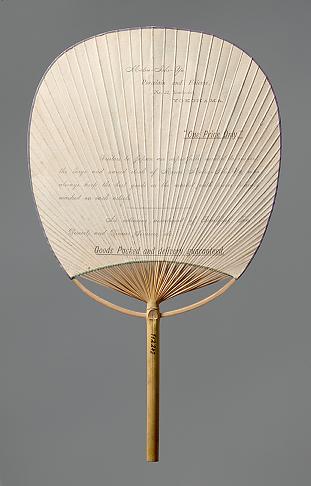- Add to Favorites
-
Your web browser does not support
Add to Favorites.
Please add the site using your bookmark menu.
The function is available only on Internet Explorer

11Story
|
Este Collection 1893 |
|
The heir to the Austrian throne and nephew of Emperor Kaiser Franz Joseph I, Archduke Franz Ferdinand von Österreich-Este (1863−1914) embarked from Trieste with a large retinue on December 5 1892 aboard the cruiser SMS Empress Elisabeth, on a world voyage lasting nearly two years.
A passionate hunter, he assembled a sizable collection of prepared animals, and also acquired numerous ethnographic objects. In spring of 1894, the entire collection from the world voyage was exhibited in twenty-six galleries of the Upper Belvedere, where the ethnographic objects occupied seventeen galleries. Of the 14,541 items listed in the original inventory, over 5,600 were from East Asia, the majority from Japan.
After the Belvedere exhibition, the collection was installed in a palace in the third district of Vienna, and finally in the corps de logis of the new Hofburg, where the assembly remained until 1927. In 1918, with the fall of the monarchy, it entered state possession. The zoological specimens were transferred to the Natural History Museum, while the ethnographic objects were consigned to the Museum of Ethnology. From his extensive Japanese collection, which included both artistic highlights and objects long considered inferior souvenirs and largely ignored, ca. 2,100 objects are today part of the Japan collection of the Museum of Ethnology.
|
|
Two sides of a fan |
 |
 |
|
Franz Ferdinand’s collection included art-historical highlights such as these two Gigaku masks. In the early seventh century the Gigaku tradition of masked theatre performances, inspired by central Asian and possible even European influences, was introduced to Japan from China and Korea. Gigaku, which consists of a programme comprising nine to ten dance-routines and pantomime performances that were performed at Buddhist temples, continued as an independent tradition in Japan until the tenth century. The characteristics of this performance art, long forgotten in the countries where it had been invented, can only be reconstructed with the help of Japanese masks; about 300 such masks have survived, 200 of which are in Japan, where they have been declared a national treasure. The masks in the Este Collection depict the evil character, Konron, a blackguard from the western lands, the legendary Kunlun Mountains, and Kongō, a Buddhist protective deity, who, together with Rikishi, is frequently encountered guarding the entrance to Buddhist temples. |
|
|
Two Gigaku Masks 9th/10th century dry lacquer Inv. nos. 110.875 and 110.876 Este Collection 1893 © Museum of Ethnology, Vienna |
| << PREVIOUS SECTION << |